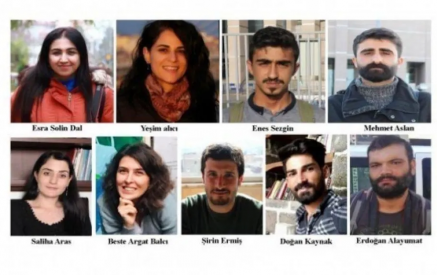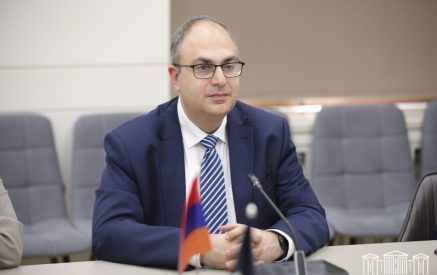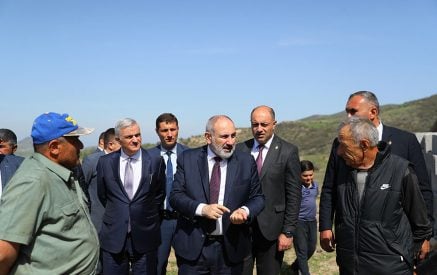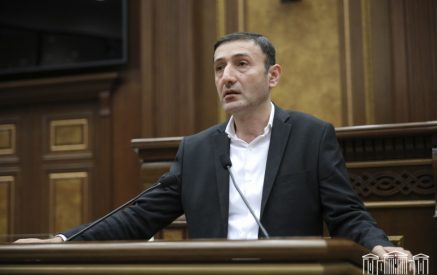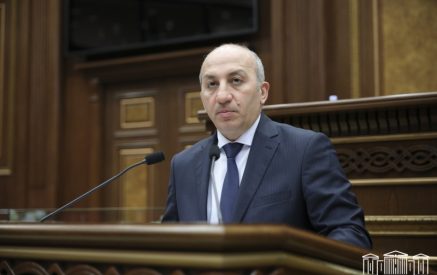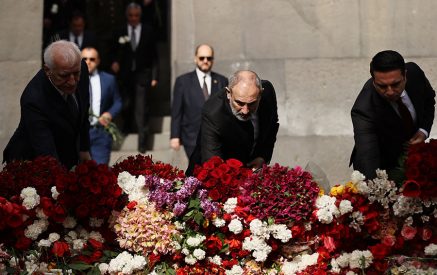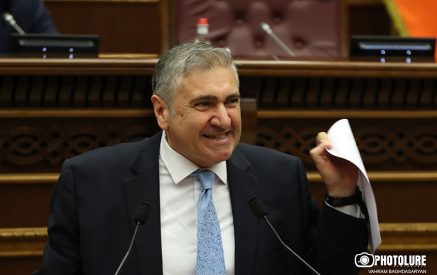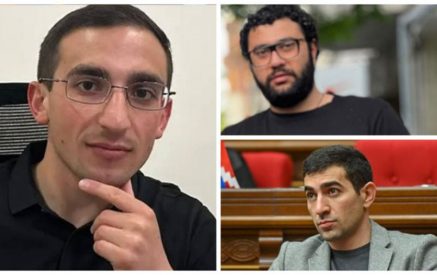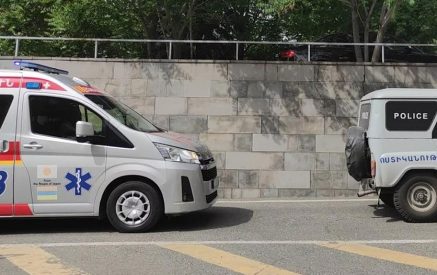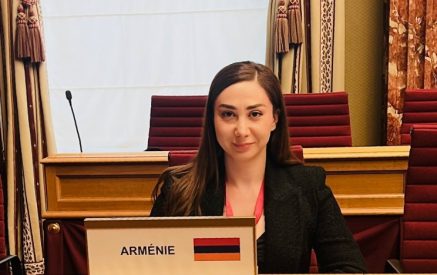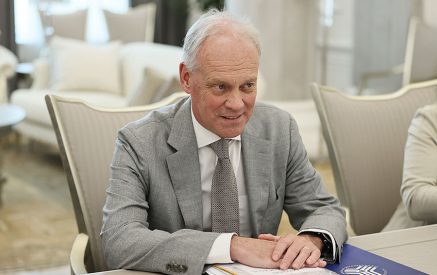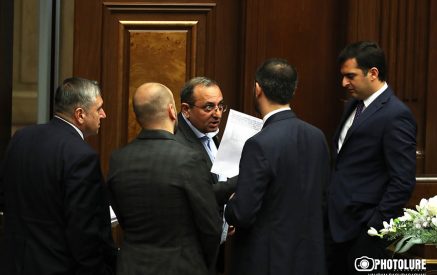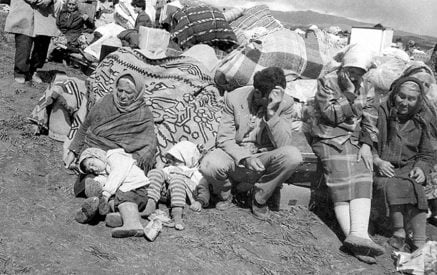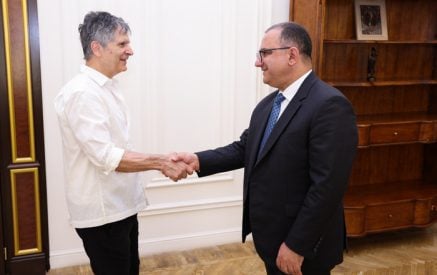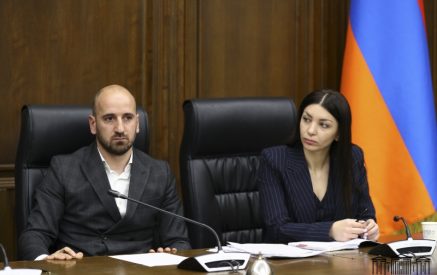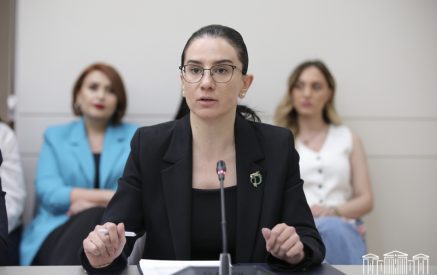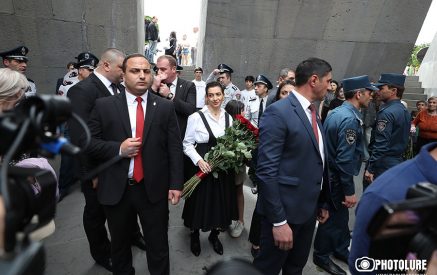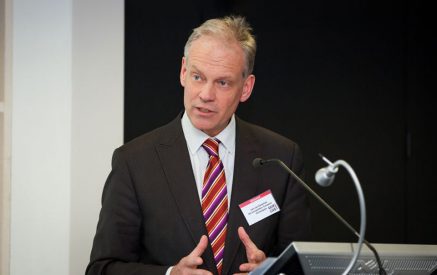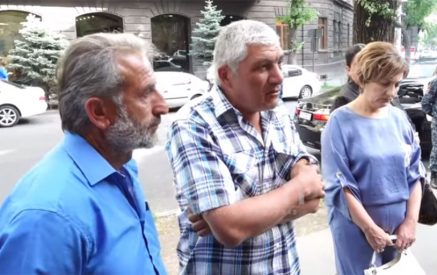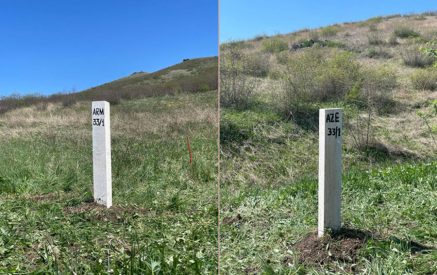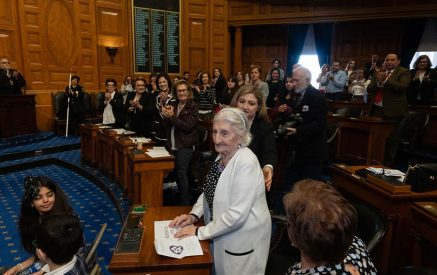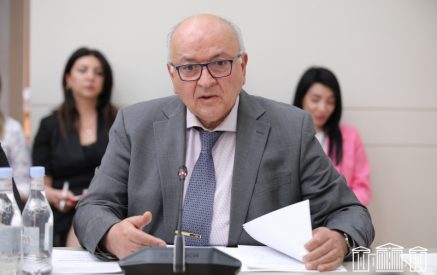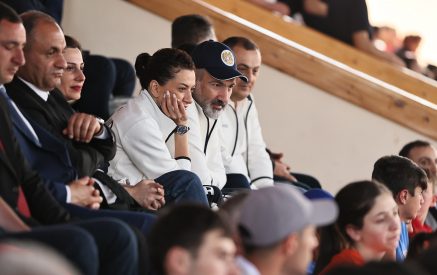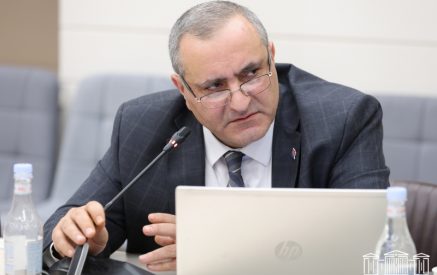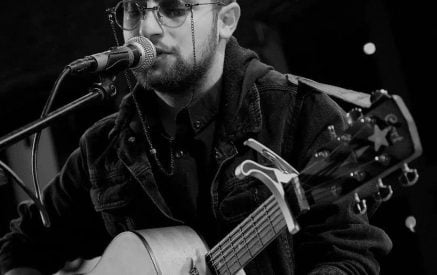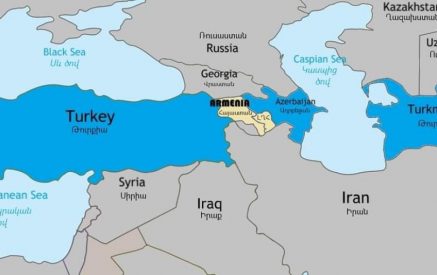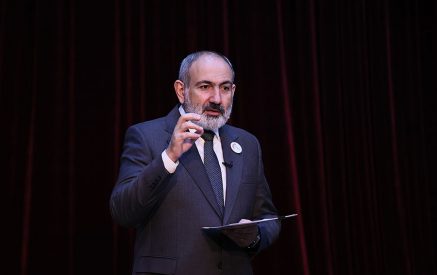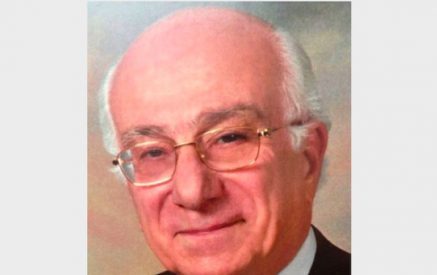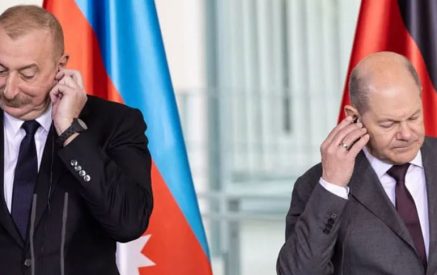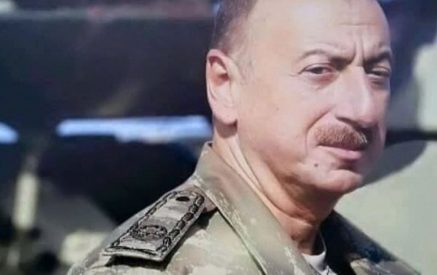The Nobel laureate and renowned Turkish author Orhan Pamuk used an Arabic word huzun to describe the particular mood of melancholy that hung over the Istanbul of his youth, in the 1960s and 70s.
Back then it was a city whose fabled imperial history could be found only in the crumbling, blackened ruins, its inhabitants locked in an everyday struggle to escape poverty.
When the Ottoman Empire finally collapsed, after defeat in the First World War, Istanbul was occupied by British and French forces, the now-powerless Sultan conceding to all their demands. So the new Turkish nationalist movement, led by Mustafa Kemal Ataturk, turned its back on Istanbul. It chose Ankara, deep in Anatolia, as the new capital.
Istanbul was seen as decadent, weak, and with so many minorities living there, not really Turkish.
Read also
Now Pamuk admits he scarcely recognises the city of his youth today because it is changing so fast.
One Square Mile chose the old European diplomatic district of Pera, because it embodies Istanbul’s new confidence and energy, but also its complex history.
Derelict mansions
I remember my first visit, more than 20 years ago. Tourists visited the great church of Hagia Sophia, or course, and the Blue Mosque. But if they ventured onto the north side of the Golden Horn, to Pera, it was for a quick trip up the Galata Tower for the view, and then back.
The surrounding area was dingy and rundown; the grand, 19th Century Ottoman mansions lying derelict, or occupied by poor migrants from eastern Turkey.
 Pera, also known as Beyoglu, includes Istanbul’s bustling commercial heart
Pera, also known as Beyoglu, includes Istanbul’s bustling commercial heartThose same buildings are now being renovated at a startling pace. Pera, or Beyoglu as it is called today, is bursting with new cultural and entrepreneurial life. New bars, new clubs, new galleries, new shops.
In part this is a reflection of Turkey’s tremendous economic performance over the past decade. This has given its people new wealth and new confidence – and they have begun exploring, and reviving, once neglected areas of the city.
Jazz guitarist Onder Focan started the first jazz club in Pera, in the shadow of the Galata Tower, just 10 years ago. The area was so rundown then only die-hard fans would come, he says. Now he delights in the way old buildings are finding new uses. It’s hard to get a seat in his club these days.
One of the most spectacular renovations is of the old Ottoman Bank building, near the port of Karakoy just under the tower. The modern company that inherited it, Garanti Bank, has funded its conversion into a stunning arts and banking archive known as SALT.
Impressive diversity
Curator Vasif Kortan oversaw the project. He hired seven different architects to give it variety. Much of its neo-classical splendour survives, but it is dazzlingly bright, with some striking modernist touches. He has also tried to make it, and the other SALT building nearby, as accessible as possible to the public.
Pera is now one of the most dynamic and fashionable districts in Europe. It is a joy to wander its steep, winding streets and make new discoveries. There is impressive diversity here too. Youth culture and artistic expression as adventurous as anywhere in Europe, but also the Islamic piety and heritage that is such a big part of Turkish life.
But there are darker sides to Pera’s gentrification we explored in our programme. One is the marginalisation of poorer communities who made Pera their home for decades, but are now being driven out by rising prices.
 Galata Tower is the area’s most prominent landmark
Galata Tower is the area’s most prominent landmarkPhotographer Fatih Pinar took me for a tour through Tarlabasi, a rundown neighbourhood just across the road from the main shopping area of Pera, inhabited by poor Kurdish migrants. Half the buildings are empty, awaiting renovation, and a long-standing community is dying.
And I think there is a sadness that hangs over the whole area, because of the lack of any reference to its multi-cultural past.
Most of the magnificent buildings now being restored were built and lived in not by Turks, but by the ethnic Greeks and Armenians who dominated the commercial life of the Ottoman Empire.
This was in fact a very un-Turkish district, a reflection of the ethnic diversity of the empire. But the Armenians have dwindled to a fearful, embattled community following the mass slaughter of 1915, and the Greeks were driven out after a pogrom in Pera in 1957 destroyed most of their businesses.
There are plenty of Turks living in the district today who know that history, and want to acknowledge it. But Turkish nationalism is still a brittle, intolerant force in the country, and there is no official move yet to commemorate the lost communities of Istanbul.

